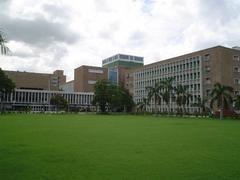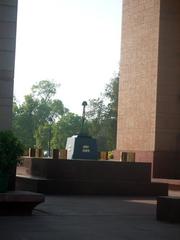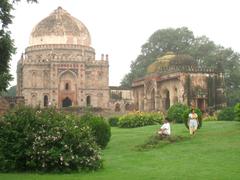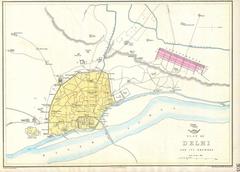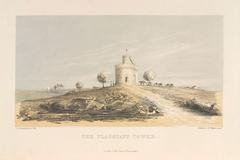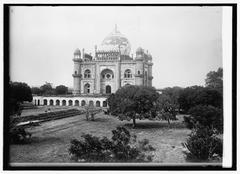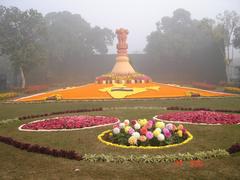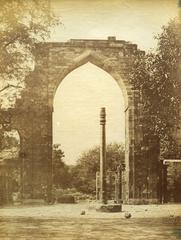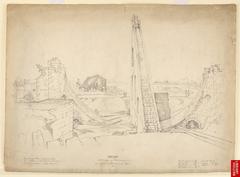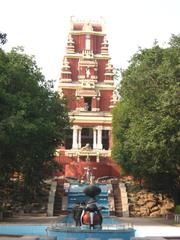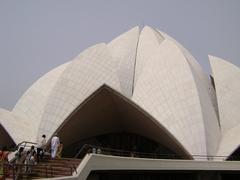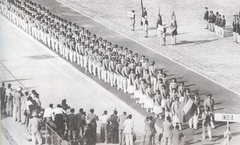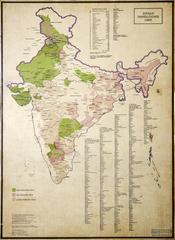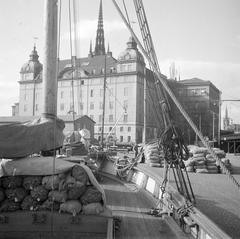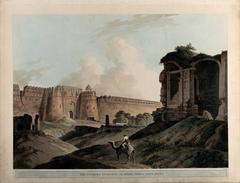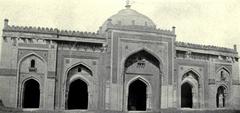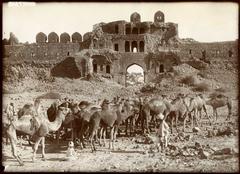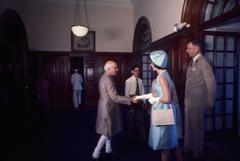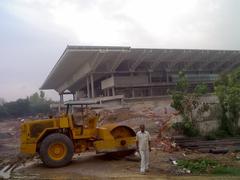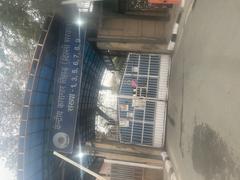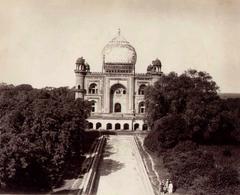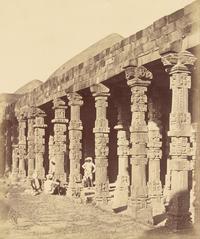Comprehensive Guide to Visiting Naini Lake in Nainital, India
Date: 18/07/2024
Introduction
Table of Contents
- Introduction
- Formation and Early History
- The Colonial Era and Naini Lake
- Naini Lake - A Cultural and Religious Icon
- Ecological Importance and Conservation Efforts
- Visitor Information
- Nearby Attractions
- Accessibility
- Special Events and Guided Tours
- Photographic Spots
- Conclusion
Formation and Early History
Naini Lake, a natural freshwater lake, is a prominent feature of Nainital, a popular hill station in the Indian state of Uttarakhand. Nestled amidst the Kumaon Himalayas, the lake’s origin is shrouded in mythology and geological theories.
One popular legend suggests that the lake was formed from the eye of Goddess Sati, the consort of Lord Shiva. According to Hindu mythology, when Sati self-immolated, grief-stricken Shiva carried her body across the cosmos. It was during this journey that her eye is believed to have fallen in Nainital, creating the lake.
Geologically, the lake is believed to be a result of tectonic activity. The shifting of tectonic plates millions of years ago created a depression in the mountains, which eventually filled with water, forming the lake.
The Colonial Era and Naini Lake
Nainital, including the lake, remained relatively unknown until the early 19th century. In 1841, P. Barron, a British sugar trader, stumbled upon the lake and was captivated by its beauty. He established the first European settlement here, marking the beginning of Nainital’s transformation into a popular hill station.
The British, enamored by the lake’s scenic beauty and pleasant climate, developed Nainital as a retreat from the scorching Indian summers. They built numerous bungalows, churches, and administrative buildings around the lake, many of which still stand today, reflecting the town’s colonial past.
Naini Lake - A Cultural and Religious Icon
Naini Lake holds immense cultural and religious significance for locals and tourists alike. The lake is revered as a sacred site by Hindus, who believe it to be the abode of Goddess Naina Devi. The Naina Devi Temple, perched on a hilltop overlooking the lake, is a major pilgrimage site and attracts devotees from across India.
The lake is also deeply intertwined with the cultural fabric of Nainital. It serves as a focal point for numerous festivals and celebrations. The annual Naini Lake Festival, a vibrant spectacle of cultural performances, boat races, and fireworks, draws huge crowds and showcases the region’s rich heritage.
Ecological Importance and Conservation Efforts
Beyond its cultural and historical significance, Naini Lake plays a crucial role in the region’s ecosystem. It serves as a vital source of drinking water for Nainital and supports a diverse range of flora and fauna. The lake’s ecosystem, however, faces threats from pollution, deforestation, and increasing urbanization.
Recognizing the lake’s ecological importance, various conservation efforts have been undertaken to protect and preserve it. These include:
- Waste Management: Initiatives to manage solid waste and sewage disposal around the lake have been implemented to reduce pollution.
- Afforestation: Tree plantation drives are conducted to combat deforestation and promote the natural recharge of the lake’s water.
- Regulation of Construction: Stricter regulations have been imposed on construction activities around the lake to prevent soil erosion and siltation.
Visitor Information
Visiting Hours
Naini Lake is generally open to visitors from early morning until late evening. However, specific hours may vary depending on the season and local events. It is advisable to check with local authorities or the official website for the most accurate visiting hours.
Ticket Prices
The entry to Naini Lake is free, but boating and other recreational activities may have associated costs. Prices for boating can vary depending on the type of boat and duration. It is recommended to check the latest rates at the boating club or ticket counters.
Travel Tips
- Best Time to Visit: The best time to visit Naini Lake is during the summer months (March to June) and autumn (September to November) when the weather is pleasant.
- Clothing: Comfortable walking shoes and layered clothing are advisable due to the varying temperatures.
- Safety: Ensure to follow safety guidelines while boating and avoid littering to maintain the lake’s cleanliness.
Nearby Attractions
- Snow View Point: Offers panoramic views of the snow-clad Himalayas.
- Naina Peak: The highest peak in Nainital, ideal for trekking and scenic views.
- Tiffin Top: A popular picnic spot offering stunning views of the town and lake.
Accessibility
Naini Lake is easily accessible by road from major cities in Uttarakhand. The nearest railway station is Kathgodam, approximately 34 km away. Local taxis and buses are readily available for transportation within Nainital.
Special Events and Guided Tours
Naini Lake hosts various special events throughout the year, including the Naini Lake Festival and cultural performances. Guided tours are available for those interested in exploring the historical and cultural aspects of the lake and its surroundings.
Photographic Spots
Naini Lake and its surroundings offer numerous picturesque spots for photography enthusiasts. The early morning and late evening light provide the best conditions for capturing the lake’s natural beauty.
Conclusion
Naini Lake stands as a testament to the rich tapestry of history, culture, and natural beauty that defines Nainital. From its mythological origins and colonial history to its current status as a cultural and ecological landmark, the lake offers a unique blend of experiences for all visitors. Boating on its serene waters, exploring nearby attractions like the Naina Devi Temple and Snow View Point, or simply soaking in the scenic vistas, Naini Lake promises an unforgettable experience. Conservation efforts are essential to preserving this natural wonder for future generations, making it imperative for visitors to follow guidelines and respect the environment. By offering a comprehensive overview of visiting hours, ticket prices, and travel tips, this guide aims to make your visit to Naini Lake as enjoyable and informative as possible. Whether you’re planning a leisurely boat ride, a cultural exploration, or an adventurous trek, Naini Lake has something to offer everyone. For the latest updates and more travel tips, don’t forget to download the Audiala app and follow us on social media.

